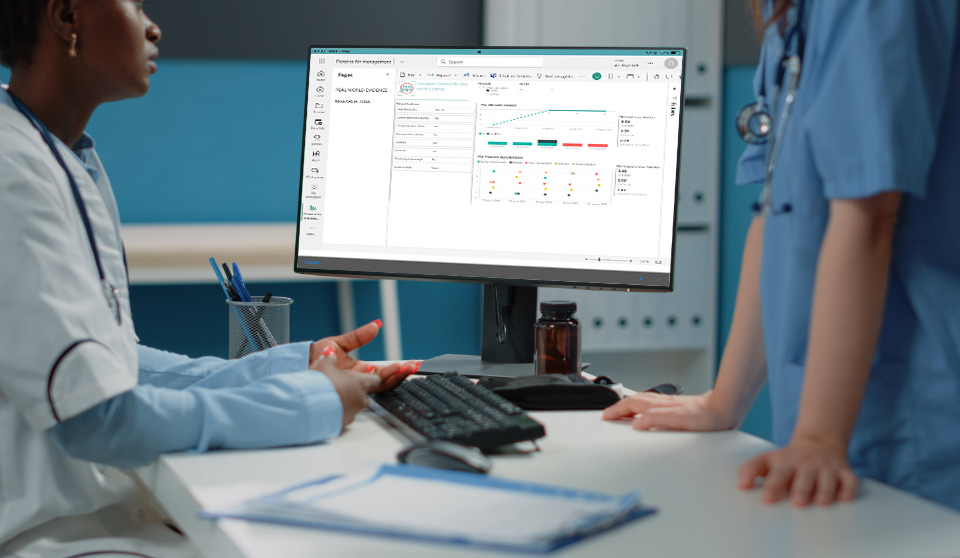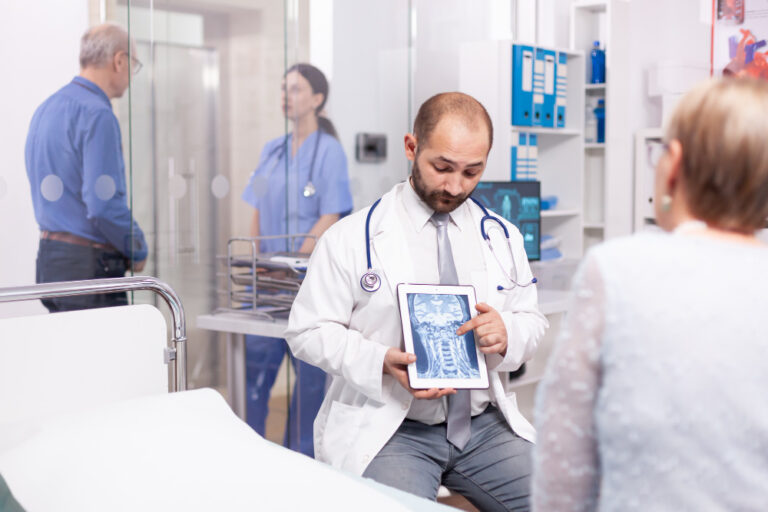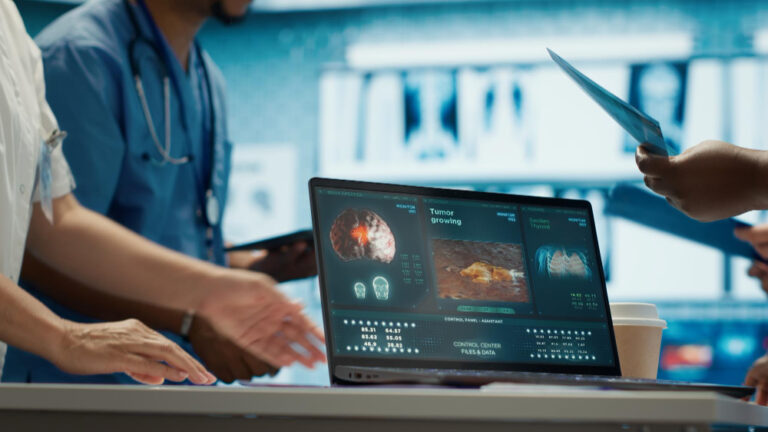
Preventing chronic wounds remains one of the most pressing challenges in global healthcare. Pressure ulcers, surgical wounds, and skin injuries related to chronic conditions such as diabetes not only reduce patients’ quality of life but also represent a significant economic and clinical burden for healthcare systems.
In this context, Artificial Intelligence (AI) has emerged as a key tool to anticipate wound development before visible signs appear. By analyzing large volumes of clinical data in real time, AI enables the early detection of risk patterns that would be difficult to identify using traditional methods.

The Role of Artificial Intelligence in Preventive Healthcare
Preventive medicine is evolving rapidly thanks to digital transformation and the integration of new technologies. Among these, Artificial Intelligence stands out as one of the most promising, particularly for its ability to process complex data, learn from it, and generate personalized predictions.
Unlike conventional approaches—heavily reliant on clinical expertise and direct observation—AI can simultaneously analyze information from multiple sources. These include medical history, vital signs, mobility data, environmental conditions, and even clinical images. This results in a more comprehensive and accurate understanding of a patient’s health status, enabling professionals to anticipate complications before they manifest.
In the case of wound prevention, this predictive capability is particularly valuable. Most skin lesions follow a progressive development and can be avoided if early warning signs are detected in time.
How AI Predicts Wound Risks
AI-powered wound prediction relies on machine learning algorithms trained on real-world patient data. These models can recognize subtle patterns which, when combined, indicate an increased risk of wound development.
Predictive models can analyze data such as:
- Prolonged pressure on sensitive areas of the body
- Skin moisture and temperature levels
- Changes in patient mobility
- Medical history, including chronic illnesses or previous infections
- Results from clinical tests and key physiological parameters
This data can be collected via medical devices, wearable sensors, or integrated clinical monitoring platforms. When combined with AI algorithms, these systems can issue early warnings, allowing healthcare professionals to take proactive action and adapt care protocols before a wound develops.
Moreover, some advanced solutions include risk visualization tools that track patient progress in real time, supporting faster and more precise clinical decisions.
Benefits for Healthcare Professionals and Patients
Integrating AI into wound prevention marks a major step forward for both clinicians and patients. Key benefits include:
1. Early intervention
Identifying risk before visible symptoms emerge allows for timely clinical responses, significantly reducing complications, infections, or hospital admissions.
2. Enhanced quality of care
Healthcare teams benefit from more accurate data and analytics, which improves treatment planning and allows for highly personalized care based on real patient needs.
3. Cost reduction
Preventing a wound is always more cost-effective than treating one. AI-based tools help reduce expenses related to long-term therapies, hospital stays, and surgical interventions.
4. Evidence-based decision making
Predictive models offer insights backed by objective data, minimizing clinical variability and supporting medical teams under high-pressure environments.
Clinicgram: Transforming Your Smartphone into a Certified Medical Tool for Skin Health
As a healthcare professional, I believe that innovation should also mean accessibility and ease of use. With Clinicgram, our pioneering mobile application, I can transform my smartphone into a certified medical device—capable of accurately, securely, and remotely analyzing and monitoring chronic wounds.
This solution is revolutionizing how we manage chronic skin conditions, by streamlining clinical decision-making, enhancing communication between providers and patients, and accelerating prevention through automated analysis of medical images and clinical data. With Clinicgram, artificial intelligence becomes a practical tool in daily clinical care, bridging the gap between futuristic medicine and today’s needs.
AI is reshaping preventive care, diagnostics, and treatment across medical disciplines. Its application in wound prevention is a powerful example: by identifying risk factors before they manifest visibly, we can proactively protect skin integrity and significantly improve patient quality of life.

Can you imagine predicting a chronic wound before it appears—right from your mobile device? With Clinicgram, that’s already a reality. This innovative app turns my phone into a clinical-grade diagnostic tool, designed to support remote, intelligent, and efficient skin assessment and prevention.
Request a demo and experience the future of wound care.
Please rate this post




